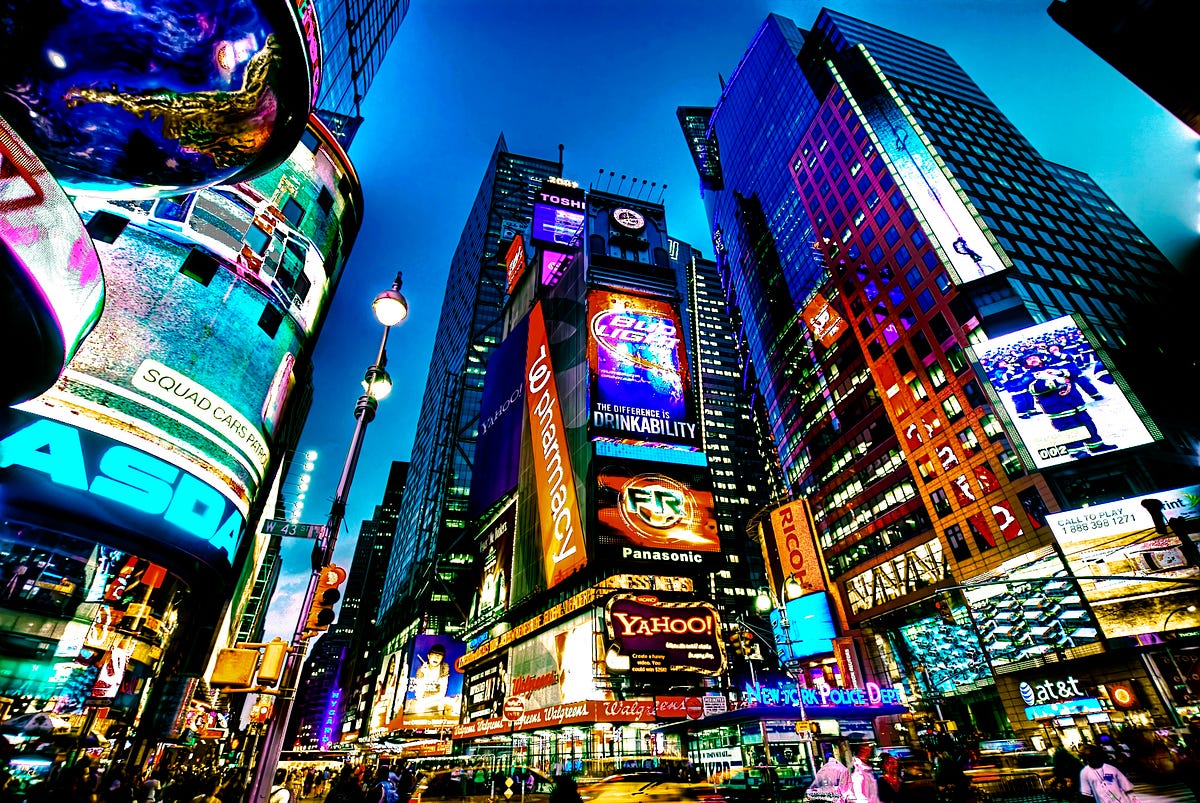New York City Embracing Future Water Challenges
Published on by Robert Brears, Founder of Our Future Water, Young Water Leaders, Mitidaption & Author (Springer Nature, Wiley) in Technology
Water utilities are becoming increasingly exposed to a variety of mega-trends that impact water availability. Nonetheless, there are leading utilities globally that not only mitigate these risks but seize on the many opportunities they provide.
***By Robert C. Brears***
Some of the main trends water utilities are faced with include:
· Climate change : Climate change-related extreme weather events impact water availability and at times damage infrastructure. This could cost the global GDP up to 3% per annum
· Rapid population and economic growth : The world’s population will be 50% larger in 2050 compared to 2000 while the world’s economy will nearly triple by 2050
· Rapid urbanization : By 2050, 66% of the world’s population will be living in cities, up from 54% in 2014
· Resource scarcity : Annual global material extraction will reach 183 billion tons in 2050, more than 2 times the amount in 2015
· Waste : Globally, the amount of municipal waste is expected to double by 2025
New York City embracing future water challenges
To be proactive in meeting future water challenges, New York City’s Department of Environmental Protection (DEP) has implemented a variety of programs to reduce citywide water consumption including an On-Site Water Reuse Grant Pilot Program to provide commercial, mixed-use, and multi-family residential property owners with incentives to install water reuse systems.

On-Site Water Reuse Grant Pilot Program grants
Grants are available for water reuse system at the individual building and district level, with district-scale projects involving two or more parcels of land such as a housing development, where the project reduces demand in the shared distribution system. Individual building-scale projects can receive up to $250,000 in reimbursement for a system designed to save at least 32,000 gallons per day (gpd), and district-scale projects are eligible to receive up to $500,000 in reimbursement for a system designed to save at least 94,000 gpd.
Permitted use of water re-use systems
The NYC Construction Code regulates two types of on-site water reuse systems that can be installed, as follows:
(1) Wastewater reuse system (Black water, gray water, rainwater)
- Flushing of toilets and urinals
- Cooling tower makeup*
- Washing of sidewalks, streets or buildings
- Laundry
- Subsurface of drip irrigation system
(2) Rainwater reuse systems (Rain water, cooling tower condensate)
- Used solely for cooling tower makeup
- Subsurface irrigation and drip irrigation
*Consultation with New York City Department of Health and Mental Hygiene required.
Multiple benefits
In addition to reducing demand for potable water, some of the additional benefits enjoyed by the citywide installation of water reuse systems include deferred capital costs of large-scale water, wastewater, and stormwater infrastructure; reduced loadings to sewers and water bodies; improved environmental stewardship; and increased capability to manage demand on the water supply system.
The take-out
Water utilities can proactively meet future challenges by exploring ways of reducing demand for potable water while capitalizing on the multiple benefits alternative supplies provide.
*Robert C. Brears is the author of Urban Water Security (Wiley), The Green Economy and the Water-Energy-Food Nexus (Palgrave Macmillan), and Natural Resource Management and the Circular Economy (Palgrave Macmillan) and of the forthcoming title Blue and Green Cities (Palgrave Macmillan). He is Founder or Our Future Water, Mitidaption, and Mark and Focus.
Facebook: UrbanH20
Twitter: Mitidaption
Attached link
https://medium.com/mark-and-focus/new-york-city-embracing-future-water-challenges-a4ced29bc77fMedia
Taxonomy
- Water Reuse & Recycling
- Industrial Water Reuse
- Water Recycling
- Reuse
- Water Supply